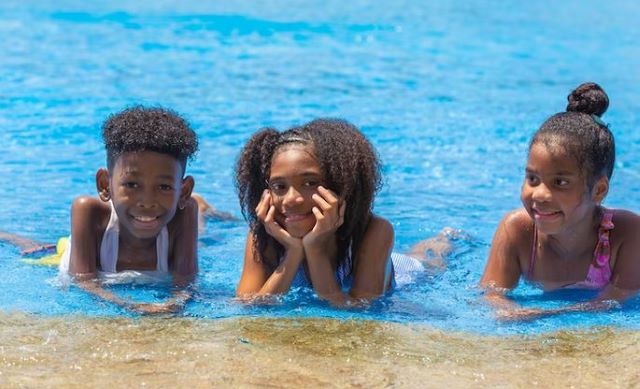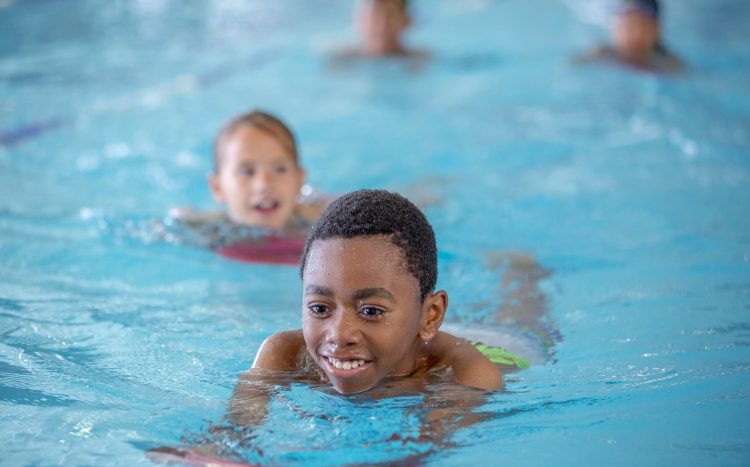As we approach the final days of the school year, many kids are looking forward to beating the summer heat by taking a dip in a pool, lake, or even the ocean. Before you let your child swim alone, the experts weigh-in on what age you should allow them child to swim unsupervised.

Before we reveal the age where experts feel that it is “ok” to allow children to swim unsupervised, let’s take a look at some statistics.
According to new data from the Centers for Disease Control and Prevention, drowning is the leading cause of death for children between the ages of 1 and 4-years-old. The data also shows that the amount of children who drowned rose 28% from 2019 to 2022.
As we know, Black children are an extremely vulnerable population within these statistics as they are at higher risk for drowning. Per the CDC, Black children ages 5–19 are five times more likely to drown in a swimming pool than their white peers. Black children ages 11 and 12-years-old are 10 times more likely to drown. The CDC also states that African American children ages 10 to 14, drown in swimming pools at rates 7.6 times higher than white children. Statistics also show that 64% of African American children have few to no swimming skills.

As May is National Water Safety Month, the experts are suggesting that children under the age of 18, do not swim unsupervised. Olympic swimmer Rowdy Gaines tells TODAY.com “that any child under 18 should be supervised, whether it’s a lifeguard or a parent.”
Gaines goes on to say in his interview that older children “are still susceptible to danger. There’s no question about it.”

Gaines recommends that parents put swimming-safety rules into place that are not only family specific but that are child-specific as well. He also recommends that parents assign one child to be the “water watcher,” keeping a closer eye on everyone just to make sure that there is coverage.
“Drowning is silent,” he cautioned in his interview. “It’s not like the movies where they yell and scream. The water envelops their lungs and they can’t say anything.” [A child who is drowning might be] bobbing up and down, just like any of the other kids are and it looks like they’re swimming.”
For more information on swimming safety tips that can help your family have a safe and fun time in the water this summer and beyond, click here.
Photo: Canva.com; Freepik.com







